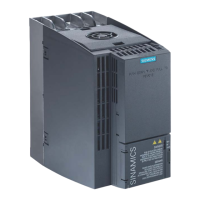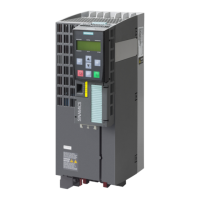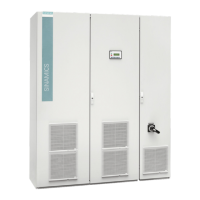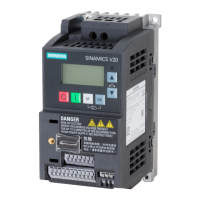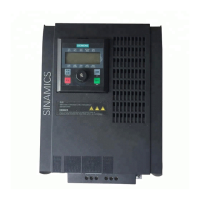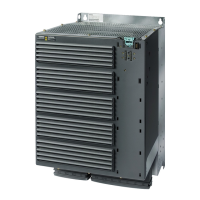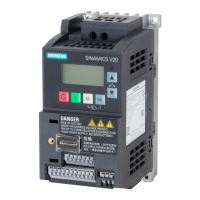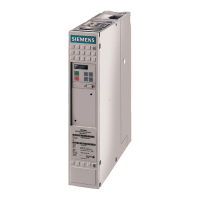Setting functions
8.7 Application-specific functions
Inverter with CU230P-2 Control Units
Operating Instructions, 11/2013, FW V4.6.6, A5E02430659B AG
277
DC braking when the motor is switched off
1. The higher-level control switches off the motor (OFF1 or OFF3).
2. The motor brakes along the down ramp to the speed for the start of DC braking.
3. DC braking starts.
p0347
(calculated after the basic commissioning)
The inverter can trip due to an overcurrent during DC braking if the de-excitation time is
p1230
(factory setting: 0)
Signal source to activate DC braking
• 0 signal: Deactivated
• 1 signal: Active
p1231
Configuring DC braking (factory setting: 0)
0
4
5
No DC braking
General release for DC braking
DC braking for OFF1/OFF3
DC braking below the starting speed
DC braking braking current (factory setting: 0 A)
DC braking duration (factory setting: 1 s)
DC braking start speed (factory setting: 210000 rpm)
r1239
.08
.10
.11
.12
.13
DC braking active
DC braking ready
DC braking selected
DC braking selection internally locked
DC braking for OFF1/OFF3
Table 8- 26 Configuring DC braking when faults occur
p2100
Set fault number for fault response
(factory setting: 0)
Enter the fault number for which DC braking should be activated, e.g. p2100[3] = 7860
p2101 = 6
(factory setting: 0)
Assigning the fault response: p2101[3] = 6.
The fault is assigned an index of p2100. Assign the same index of p2100 or p2101 to the fault and
fault response.
The inverter's List Manual lists in the "Faults and alarms" list the possible fault responses for every
fault. The "DCBRAKE" entry means that it is permissible to set DC braking as response for this
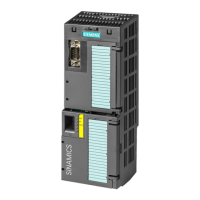
